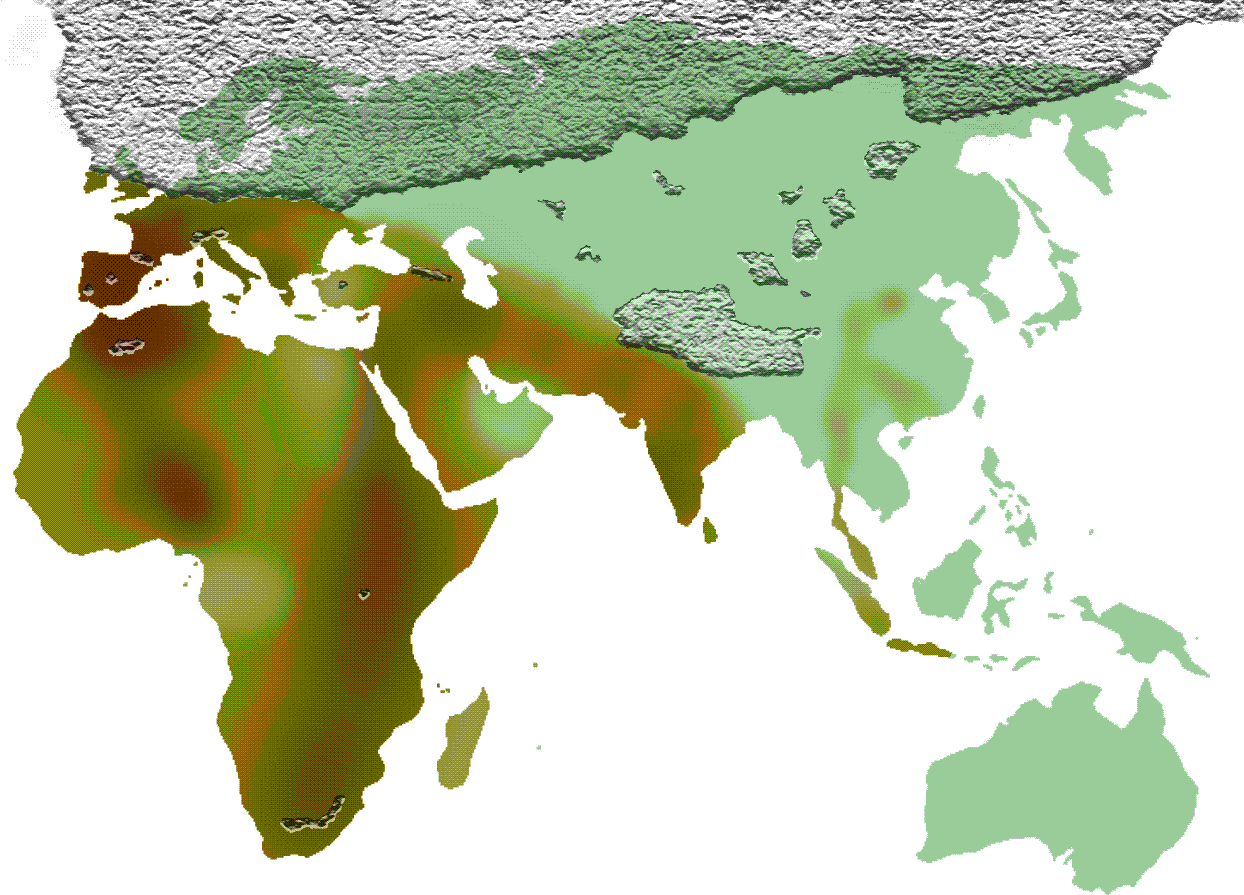ficron on:
[Wikipedia]
[Google]
[Amazon]
 A ficron handaxe is the name given to a type of prehistoric
A ficron handaxe is the name given to a type of prehistoric  However,
However, Richard Milton. "Palaeolithic Stone Tools." Museum of the stone Age. Updated 6/28/13. Accessed 11/15/13.
/ref>
 A ficron handaxe is the name given to a type of prehistoric
A ficron handaxe is the name given to a type of prehistoric stone tool
A stone tool is, in the most general sense, any tool made either partially or entirely out of stone. Although stone tool-dependent societies and cultures still exist today, most stone tools are associated with prehistoric (particularly Stone Ag ...
biface
A hand axe (or handaxe or Acheulean hand axe) is a Prehistory, prehistoric stone tool with two faces that is the longest-used tool in human history, yet there is no academic consensus on what they were used for. It is made from stone, usually f ...
with long, curved sides and a pointed, well-made tip. They are found in Lower Palaeolithic
The Lower Paleolithic (or Lower Palaeolithic) is the earliest subdivision of the Paleolithic or Old Stone Age. It spans the time from around 3 million years ago when the first evidence for stone tool production and use by hominins appears in ...
, Middle Palaeolithic
The Middle Paleolithic (or Middle Palaeolithic) is the second subdivision of the Paleolithic or Old Stone Age as it is understood in Europe, Africa and Asia. The term Middle Stone Age is used as an equivalent or a synonym for the Middle Paleoli ...
and Acheulean contexts, and are some of the oldest tools ever created by man. The tool was named by the French archaeologist François Bordes
François Bordes (December 30, 1919 – April 30, 1981), also known by the pen name of Francis Carsac, was a French scientist, geologist, archaeologist, and science fiction writer.
Biography
He was a professor of prehistory and quaternary g ...
.
Like other types of handaxes, ficrons are created through a process called flint-knapping or lithic reduction. This involves a process of percussing the stone with a hard hammer such as a stone, a soft hammer such as a bone or antler, and pressure flaking using a punch made of bone or antler.
Unsurprisingly, Acheulean tools such as ficrons can be found in the rift valley of Kenya
)
, national_anthem = "Ee Mungu Nguvu Yetu"()
, image_map =
, map_caption =
, image_map2 =
, capital = Nairobi
, coordinates =
, largest_city = Nairobi
, ...
, and sites such as Gona
Gona may refer to:
People
* Gona Budda Reddy
* Gona Ganna Reddy
* Marigona Dragusha, Kosovar model
Places
* Gona, Ethiopia
* Gona, Papua New Guinea
* Gona Barracks
Gona Barracks is a heritage-listed barracks at 3, 7,12, 25 & 26 Gona Parade, ...
and Bouri in Ethiopia
Ethiopia, , om, Itiyoophiyaa, so, Itoobiya, ti, ኢትዮጵያ, Ítiyop'iya, aa, Itiyoppiya officially the Federal Democratic Republic of Ethiopia, is a landlocked country in the Horn of Africa. It shares borders with Eritrea to the ...
, where early humans and others evolved. As these groups found their way out of Africa
Africa is the world's second-largest and second-most populous continent, after Asia in both cases. At about 30.3 million km2 (11.7 million square miles) including adjacent islands, it covers 6% of Earth's total surface area ...
, the tools went with them.
 However,
However, Great Britain
Great Britain is an island in the North Atlantic Ocean off the northwest coast of continental Europe. With an area of , it is the largest of the British Isles, the largest European island and the ninth-largest island in the world. It is ...
has also yielded its share of ficrons, found in gravel pits. Swanscombe Heritage Park is famous for its many archaeological discoveries, including ficrons. Because Britain was often covered in ice during the Paleolithic Age, it was only inhabitable between glacial periods. As glaciers melted, tools were swept into gravels where they are discovered today./ref>
References
Archaeological artefact types {{archaeology-stub